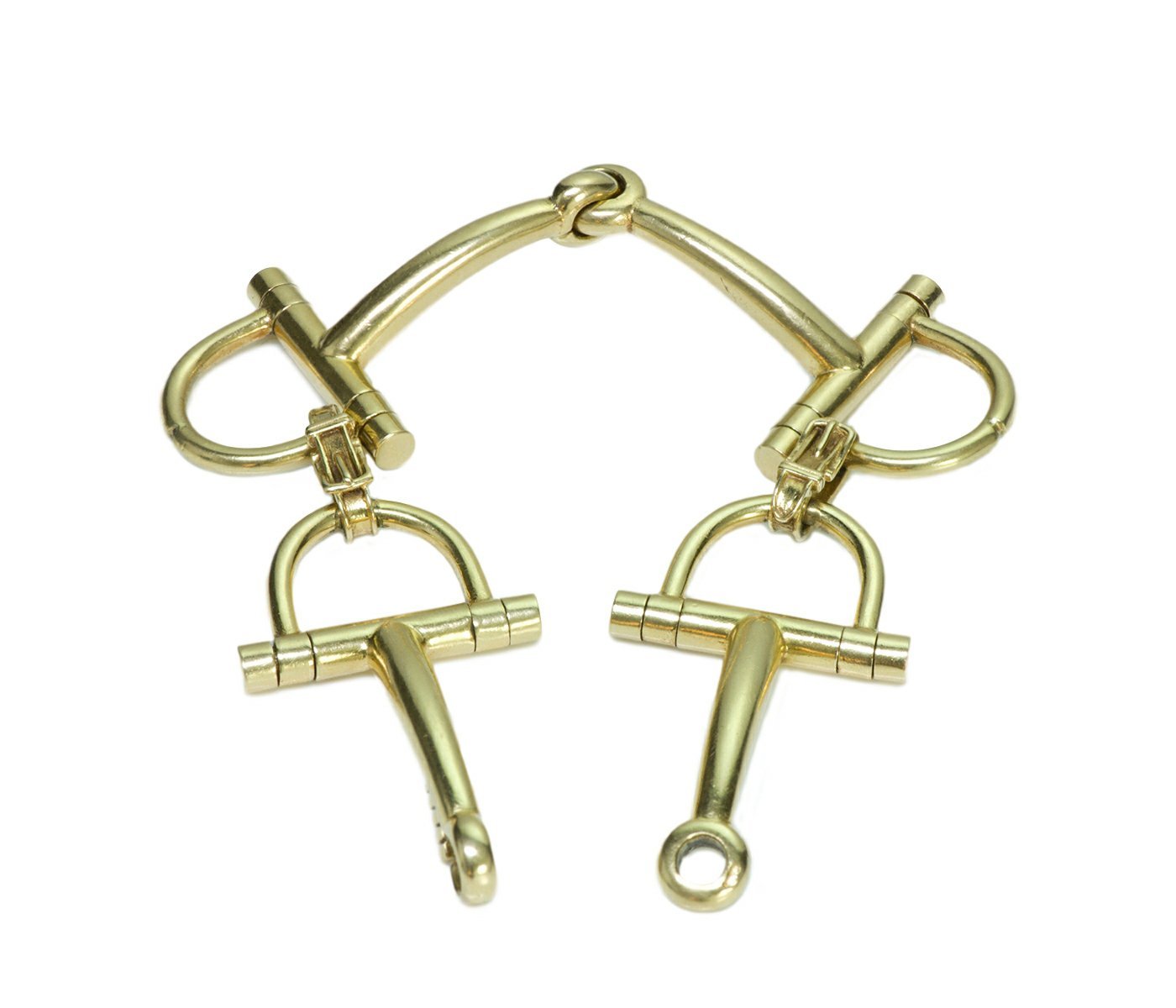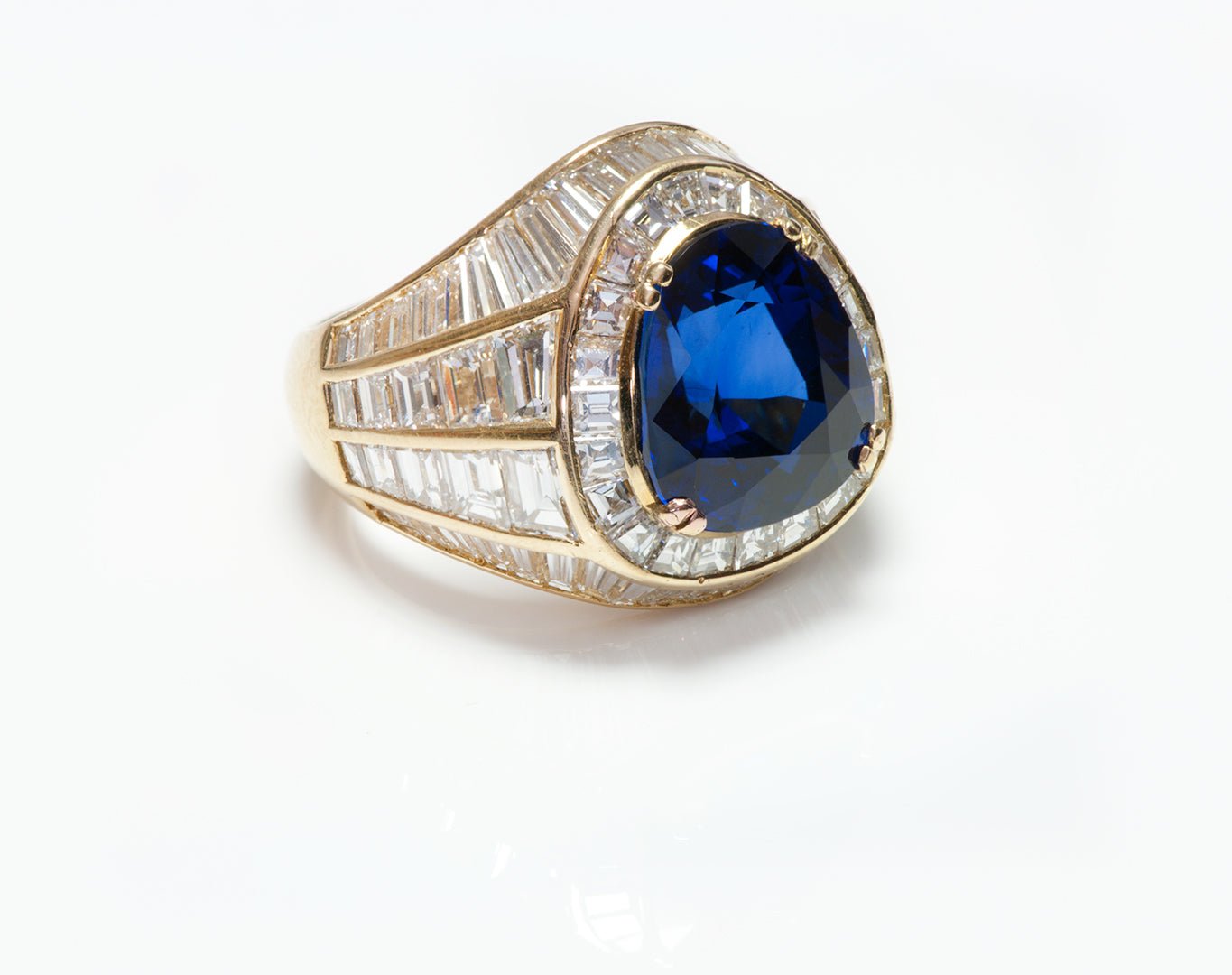
The Evolution and History of the Brooch
The Brooches
For thousands of years brooches have been worn as an ornamental clasp that includes an attached pin for affixing it to the garment, hat, hair or other accessory. They can be found in many desirable colors, shapes and designs like the popular gold brooches made in the shape of animals, initials and figures adorned with gemstones such as sapphires and rubies.
A simple, ornamental brooch will be forever in fashion and can be attached to jumpers, hats and scarves as decorative pieces. The brooch can often be seen as important chronological indicators, as they vastly changed with each new period.
Brooches weren’t always beautiful jewelry objects. The earliest type is said to have been a sharp thorn from a bush in the wilderness used to fasten and hold clothes together and is thought to be the starting point for modern brooches. Other natural materials such as wood, flint, horn, shell and carved stone were also used.
As civilization evolved and techniques developed, metal was preferred and crafted into simple brooches. The first documented traditional brooches hail from the Bronze Age. Both women and men of the Vikings and Celts used them to fasten their heavy winter cloaks and tunics. The cloth was passed through a ring and a long pin would then be threaded behind in between cloth and ring, thus holding it in place without leaving a permanent hole in the garment.
This was widely seen in the Early Medieval period in Ireland and Britain.
Over the centuries, as craftsmen became more skilled and refined, more precious and higher quality metals were used. The mechanism once used to hold the pin in place was developed into what is known as the “safety pin” using a pin, hinge, spring and bow and was widely used by the Romans, Greeks and Etruscans.
In Roman times, early brooches were called fibula or fibulae which described the ornamental clasp. From the 5th century, brooches inscribed with engraved messages and symbols on the front and back were often worn by Christians to display their faith.
The Byzantine period of the 6th to 10th centuries heavily influenced brooches. Their love for oriental colors produced brightly enameled brooches known as ‘discoidal brooches’, still used worldwide today. With their solid plaque and simple pin these brooches were adorned with dazzling gemstones and pearls which were traded far and wide. While still being used as a functional item to fasten clothing, they now displayed a level of elaborate artisanship making them a status symbol.
As time went by more precious stones were used such as diamonds, sapphires and rubies, and the brooch became an accessory of the more privileged. In the 17th century, brooches were a powerful fashion accessory. In Russia, when Catherine the Great ruled the empire, she was known to wear an emerald brooch surrounded by diamonds as a symbol of her power. In this period brooches with flowers or vases of flowers were also popular as were those made with amber.
Geometric brooches with smaller gemstones encircling a larger stone were very popular in the 18th Century as were pearl brooches known as ‘girandole’ which displayed a flower arrangement with hanging jewels. Imitation pearls were used when real pearls couldn’t be sourced. In the 19th Century the styles of cameo brooches followed neo-classicism which was a style encouraged by Napoleon. Influences were adopted from the Ancient Greeks, Romans and Egyptians with the most alluring cameo brooches depicting legends, mythological scenes or gods and goddesses. The best examples were made from hard stone in which you can see and feel the layers that have been carved.
The height of fashion during the 17th and 18th centuries were ‘Aigrette brooches’. These were feather-shaped and set with flat-cut garnets or diamonds in silver or silver plated gold worn in the hair and were often attached to a diadem. Aigrette brooches were very finely detailed often with tiny crafted birds flying around the plume.
These brooches were also favorite in the 18th and 19th century. Most brooches used the ‘C’ clasp until the invention of the locking C clasp was invented about 1900, which kept the pin from falling away and less chance of the precious brooch being lost.
During the 19th century and until today, the design of brooches closely followed fashion from silver and gold brooches with glittering gemstones to those with personal inscriptions. Glass Rhinestones, the work of French jeweller George Frederic Strass, became popular as an alternative to expensive gemstones and costume jewelry was introduced, much loved by Coco Chanel.
New styles, techniques and trends emerged with massive social and economic change. As more people travelled, they often bought souvenirs. Travelling through Venice, Florence and Rome, tourists often bought small ‘Grand Tour Brooches’, souvenirs of their trip, the subject of which included ancient Roman architecture and pictorial scenes, flowers, animals and birds.
The 1st World War saw the popularity of ‘Sweetheart’ brooches, or ‘Love’ brooches, given to their loved ones as soldiers marched off to war. The idea was perhaps a remnant of the Victorian aesthetic period where love brooches were crafted from sheets of silver or gold and offered as tokens of affection, good tidings and well wishes, which could be afforded by all.
The 20’s and 30’s saw the dress clip become a much-loved accessory, doubling up as a large brooch with a mechanism at the back which meant it could be separated and worn as two clips, pinned to collars, cuffs, the straps of dresses and even to handbags. Some were set in platinum with diamond and other precious gem designs. Thanks to the versatility and limitless design possibilities, many high-end jewelers were greatly interested in creating brooches. Cartier, David Webb and Tiffany & Co led the way creating beautiful pieces depicting the wonders of the animal kingdom and of nature, and these are still the most sought after today.
From meaningful mourning brooches to stunning 20th century intricate designs encasing precious gems, these pieces are accessories of distinction and capture style, sophistication and personality unlike any other accessory.




















